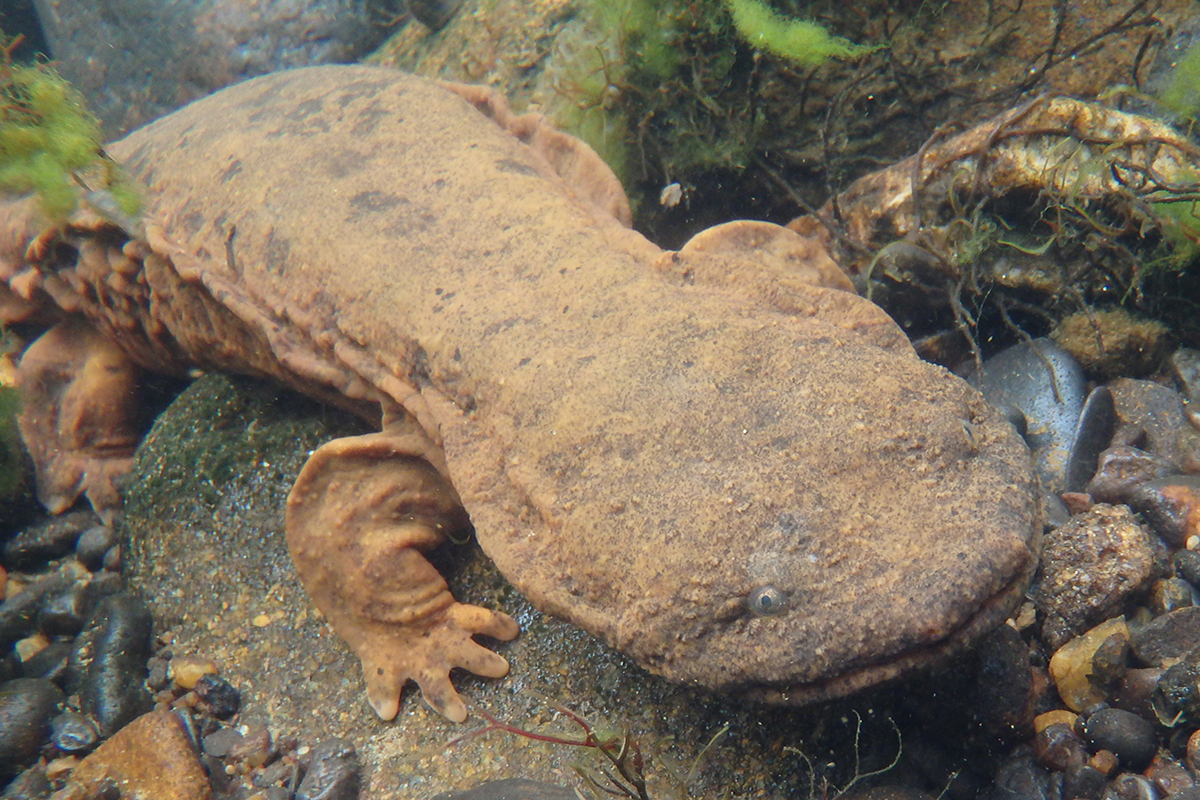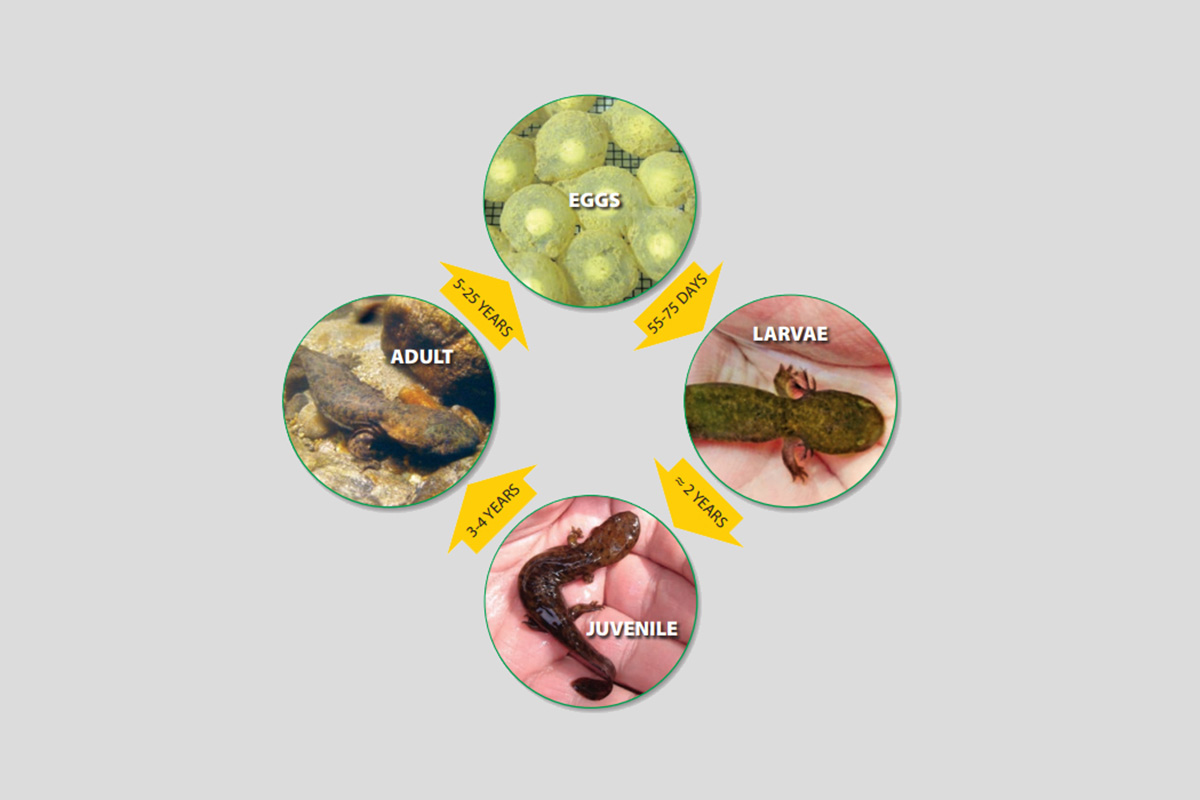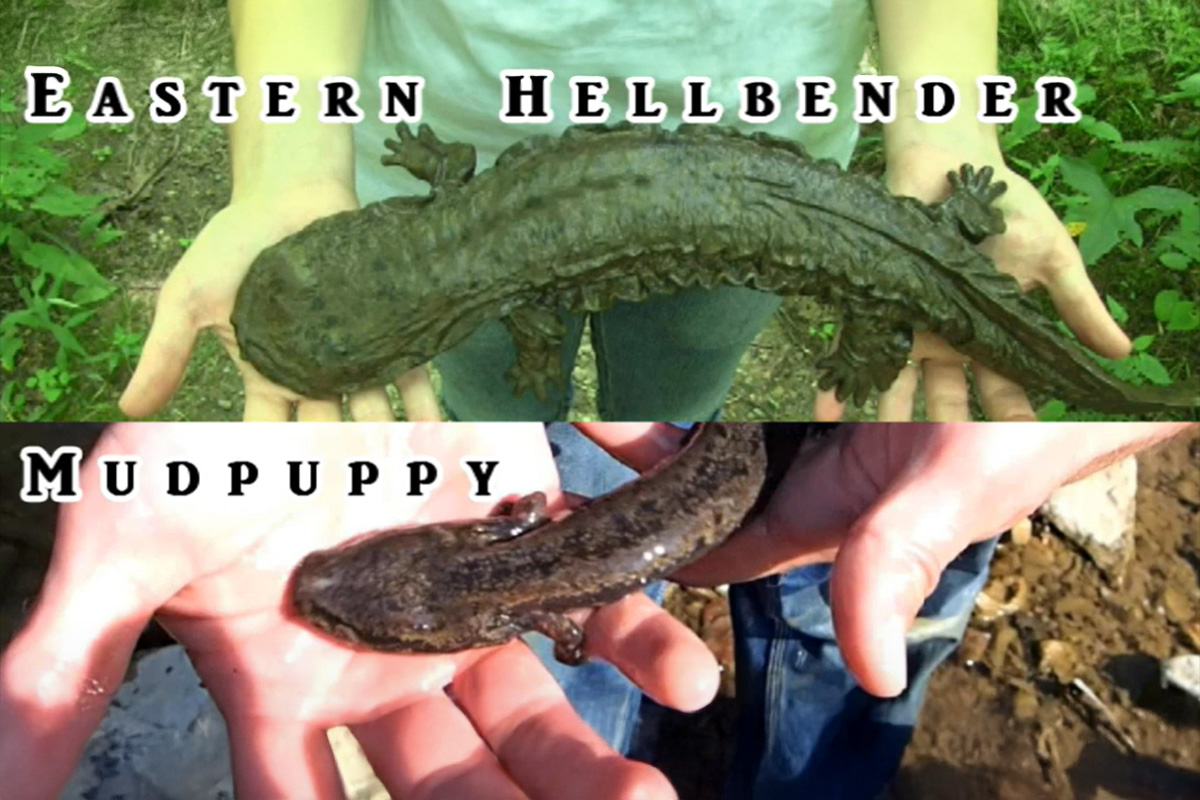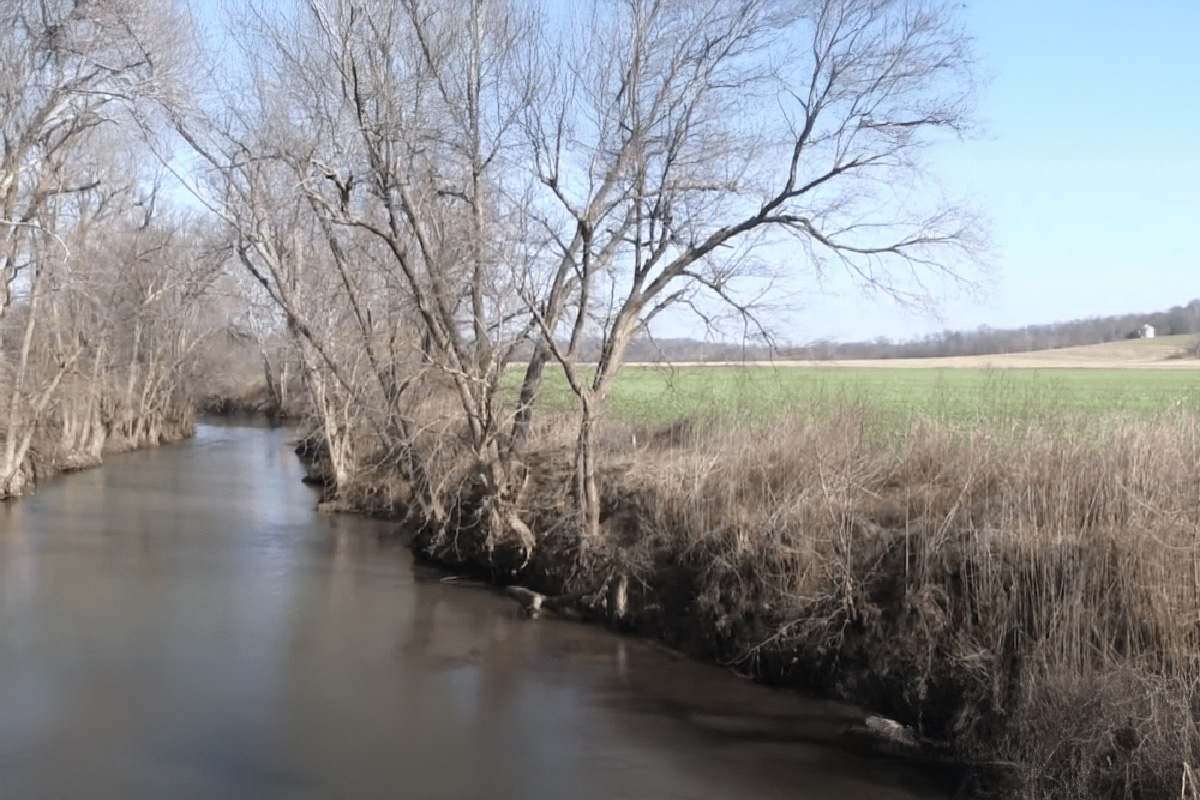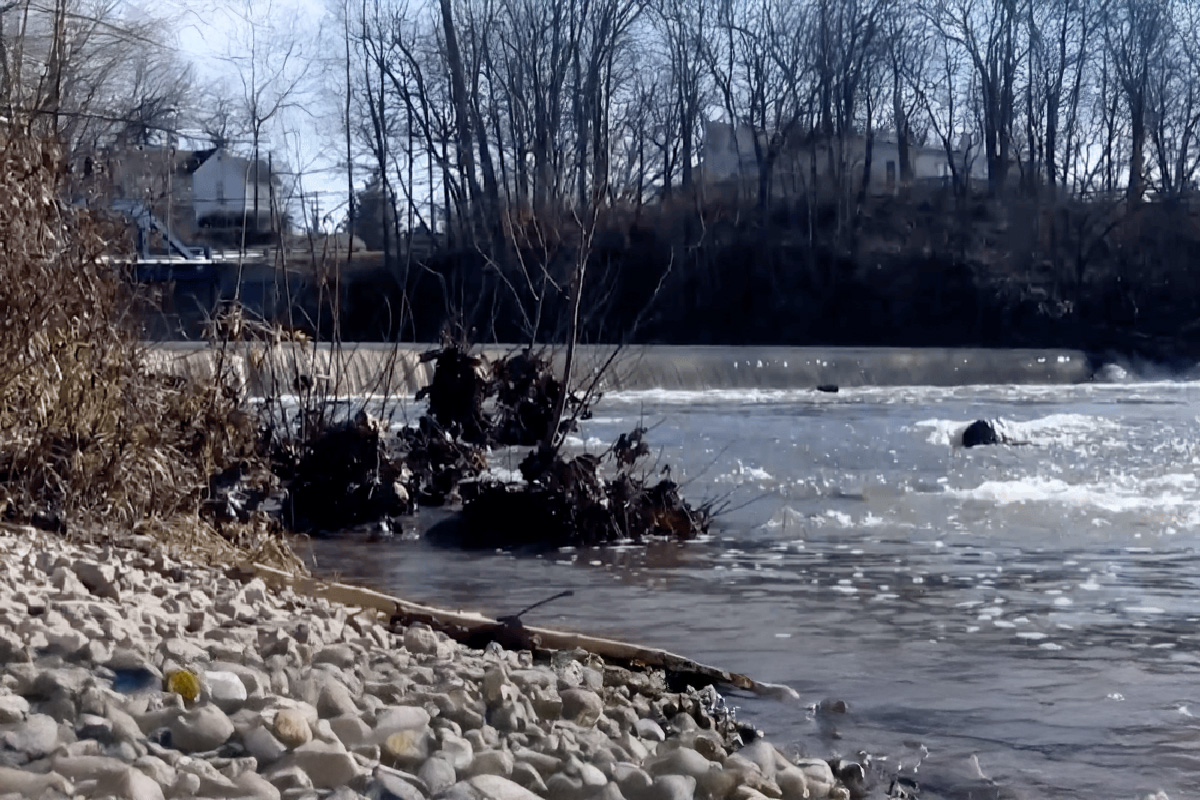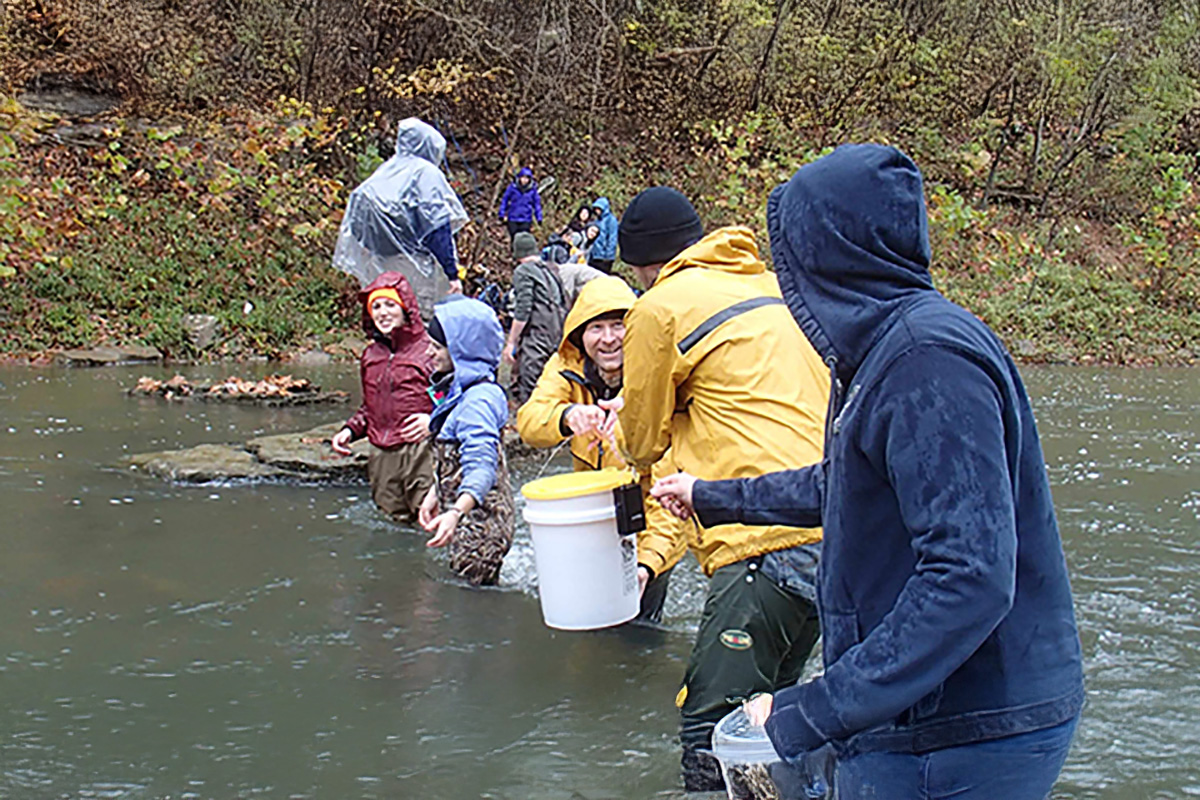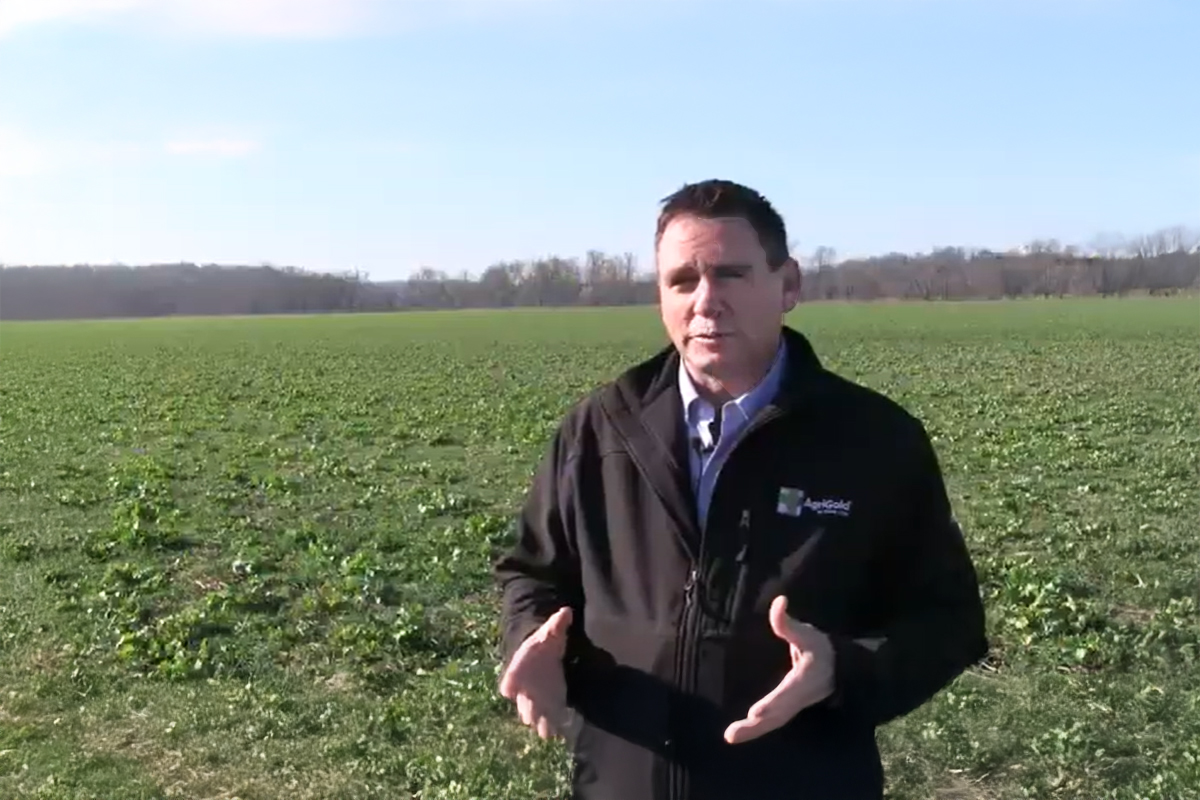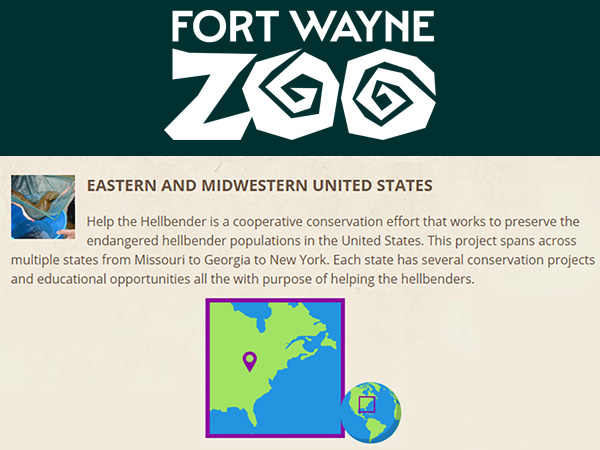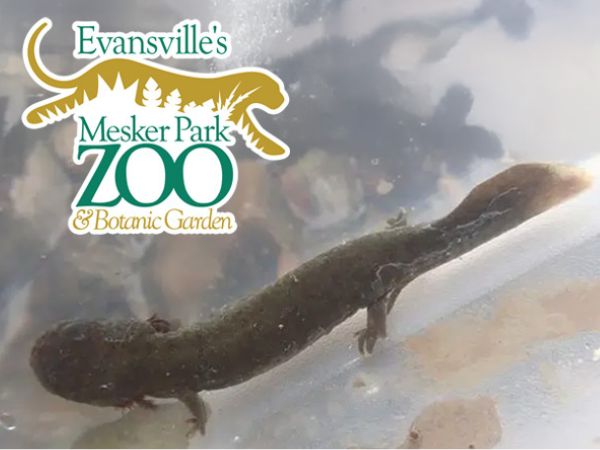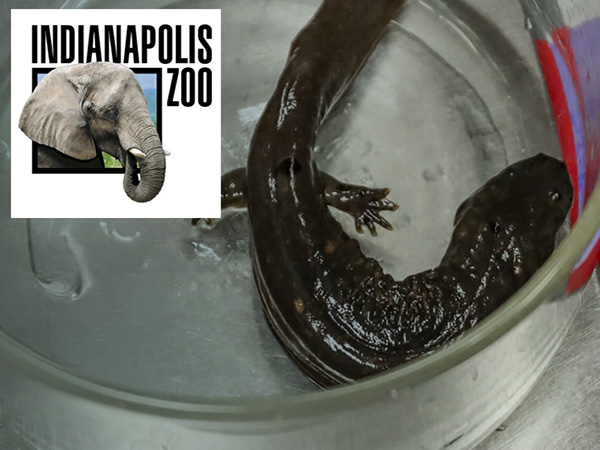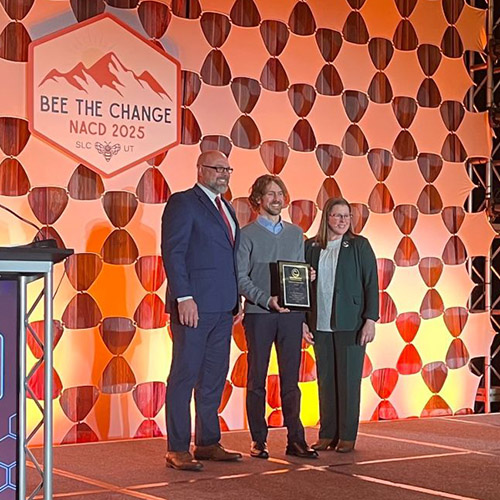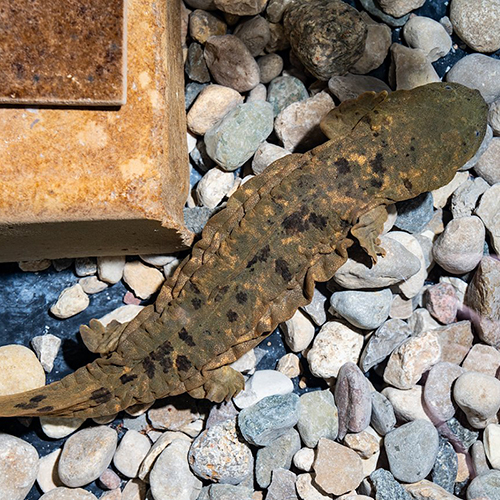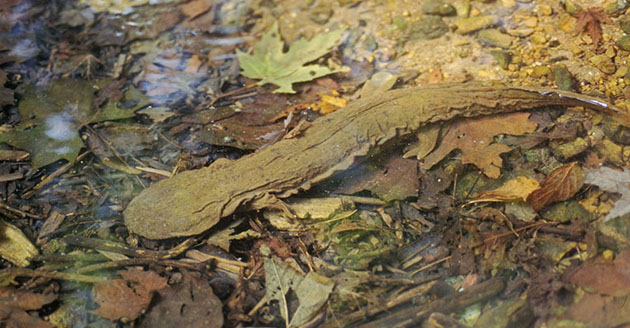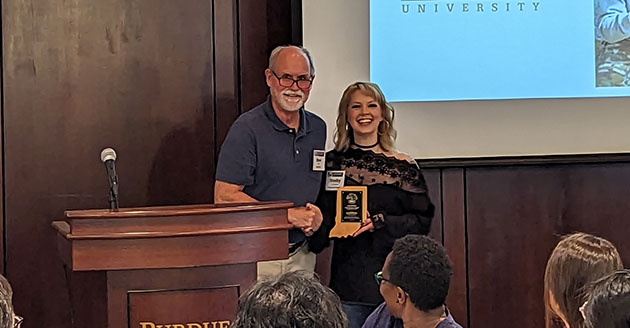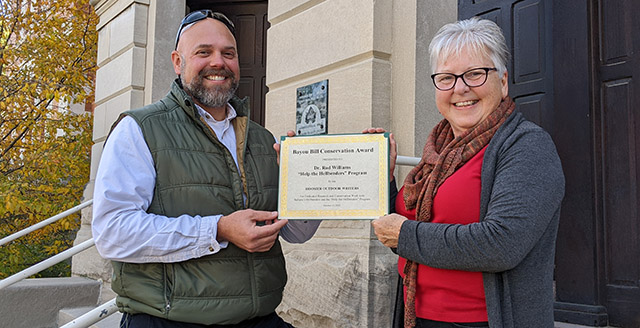
Learn About This Giant Salamander
The eastern hellbender is North America’s largest salamander and a vital indicator of freshwater stream health. This elusive, fully aquatic amphibian plays a key role in river ecosystems but faces serious threats from habitat loss, pollution, and declining water quality. Learn more about the biology, behavior, and conservation challenges of this remarkable species and why protecting it matters.
What is a HellbenderSaving the Hellbender Together
The eastern hellbender is disappearing from our streams and most people don’t even know it’s there. This giant salamander is a vital part of healthy river ecosystems, but habitat loss, pollution, and declining water quality are pushing it toward extinction. Learn why this secretive species needs urgent help and how your actions can make a difference.
Why They Need HelpScientists Working Together
Research helps the Hellbender conservation community determine which methods are useful for improving rearing conditions and post-release survival for our captive-reared Hellbenders. This allows us to focus efforts into more effective methods, both improving the quality of life for our captive animals while also improving the success of our releases, while discarding less effective methods. The result is a more successful and efficient system that saves both time and money over the life of the project.
What We DoProtect Their Habitat
Protecting the Eastern Hellbender is not just the work of scientists but something we can all take part in. Whether you’re fishing in local streams, tending your backyard, managing farmland or teaching in the classroom, your actions can make a real difference for the health of our rivers and the survival of this incredible species.
What Can We DoLearn About This Giant Salamander
The eastern hellbender is North America’s largest salamander and a vital indicator of freshwater stream health. This elusive, fully aquatic amphibian plays a key role in river ecosystems but faces serious threats from habitat loss, pollution, and declining water quality. Learn more about the biology, behavior, and conservation challenges of this remarkable species and why protecting it matters.
What is a HellbenderSaving the Hellbender Together
The eastern hellbender is disappearing from our streams and most people don’t even know it’s there. This giant salamander is a vital part of healthy river ecosystems, but habitat loss, pollution, and declining water quality are pushing it toward extinction. Learn why this secretive species needs urgent help and how your actions can make a difference.
Why They Need HelpScientists Working Together
Research helps the Hellbender conservation community determine which methods are useful for improving rearing conditions and post-release survival for our captive-reared Hellbenders. This allows us to focus efforts into more effective methods, both improving the quality of life for our captive animals while also improving the success of our releases, while discarding less effective methods. The result is a more successful and efficient system that saves both time and money over the life of the project.
What We DoProtect Their Habitat
Protecting the Eastern Hellbender is not just the work of scientists but something we can all take part in. Whether you’re fishing in local streams, tending your backyard, managing farmland or teaching in the classroom, your actions can make a real difference for the health of our rivers and the survival of this incredible species.
What Can We DoState Partners Across the Country
Hellbender Quest
Hellbender Quest
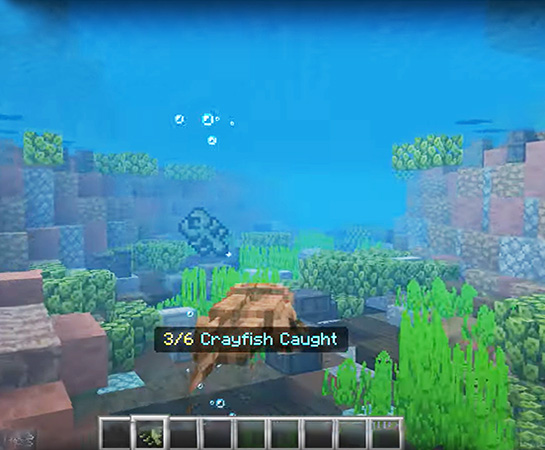
We recently collaborated with Minecraft developers to design the FHHI virtual gaming platform. Our research team at Purdue and Texas Tech developed the in-game educational content focused on hellbenders across three virtual worlds. This will allow...
Minecraft MissionZoos Team Up With Purdue University to Protect Hellbenders
Conservation InitiativesZoos Team Up With Purdue University to Protect Hellbenders
Conservation Initiatives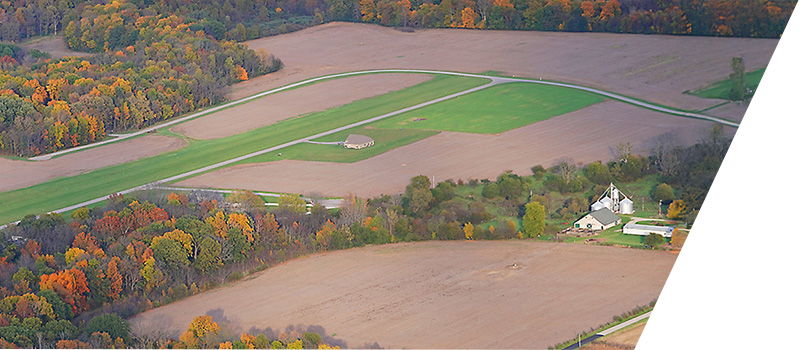
Farmers Helping Hellbenders
Funding is now available to producers in the Blue River-Sinking Watershed to implement conservation practices on their land to assist with the recovery of Eastern Hellbenders and improvement of aquatic resources.
